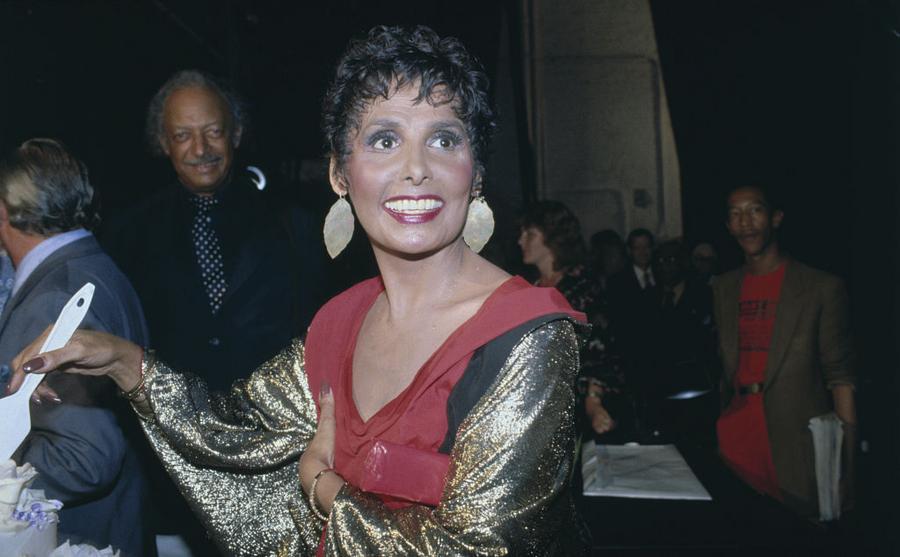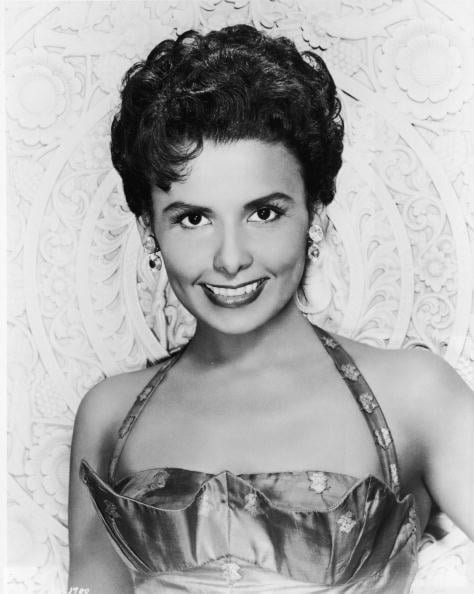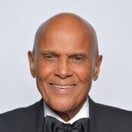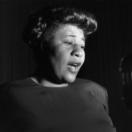- Category:
- Richest Celebrities › Singers
- Net Worth:
- $10 Million
- Birthdate:
- Jun 30, 1917 - May 9, 2010 (92 years old)
- Birthplace:
- Bedford-Stuyvesant
- Gender:
- Female
- Height:
- 5 ft 5 in (1.66 m)
- Profession:
- Singer, Actor, Musician, Pin-up girl, Dancer, Civil rights activist
- Nationality:
- United States of America
What was Lena Horne's Net Worth?
Lena Horne was an American singer, actress, dancer, and civil rights activist who had a net worth of $10 million at the time of her death in 2010. That's the same as around $14 million in today's dollars.
Lena Horne's career spanned over 70 years. She appeared in numerous films, television programs, and stage shows during that time, and released a plethora of albums. As a civil rights activist, Horne participated in the March on Washington in the summer of 1963.
Early Life and Education
Lena Horne was born on June 30, 1917 in the Brooklyn borough of New York City into a well-heeled African-American family. Her father, Edwin, was a former hotel and restaurant owner who ran a numbers racket, while her mother, Edna, was an actress with a theater troupe. When Horne was three years old, her father left the family, and when she was five, she was sent to live in Georgia with her grandparents. From 1927 to 1929, she lived with her uncle Frank. After that, Horne moved in with her mother in Atlanta, and at the age of 12 returned to New York. In Brooklyn, Horne attended St. Peter Claver School and Girls' High School. When she was 18, she moved in with her father in Pittsburgh, Pennsylvania.
Career Beginnings
In late 1933, Horne joined the chorus line of New York City's famed Cotton Club. A couple years later, she made her screen debut in the musical short film "Cab Calloway's Jitterbug Party," appearing as a dancer. Later in the decade, Horne joined Noble Sissle's Orchestra, with which she recorded her first albums. In the early 1940s, she toured with bandleader Charlie Barnet before working at the Café Society in New York. Horne went on to replace Dinah Shore as the featured vocalist on the popular musical variety radio show "The Chamber Music Society of Lower Basin Street." She left the show after six months to perform in a nightclub revue on the Sunset Strip in Los Angeles.
Film Career
Horne made her feature film debut in the 1938 musical "The Duke is Tops." Following her nightclub success, the film was rereleased in 1943 as "The Bronze Venus" with Horne's name above the title. Meanwhile, she appeared in MGM's adaptation of the Broadway musical "Panama Hattie" in 1942. Horne followed that with a number of further musical films, mostly for MGM, including "Stormy Weather," "Cabin in the Sky," "Thousands Cheer," "Swing Fever," and "Broadway Rhythm." In the latter half of the 1940s, she appeared in the musicals "Till the Clouds Roll By," "Ziegfeld Follies," and "Words and Music."
Disillusioned with Hollywood, Horne made just two films for MGM in the 1950s: the musicals "Duchess of Idaho" and "Meet Me in Las Vegas." She was eventually blacklisted for her affiliations with communist-backed groups the previous decade. Horne returned to the big screen in 1969 as a brothel madam in the Western "Death of a Gunfighter." She had two more film credits after that, the 1978 musical "The Wiz," in which she played the witch Glinda, and the 1994 compilation film "That's Entertainment! III," which she co-hosted with a roster of other former MGM stars.
Television Career
In the 1950s and 60s, Horne was a regular on television variety shows, including "Kraft Music Hall," "The Ed Sullivan Show," "The Dean Martin Show," and "The Andy Williams Show." She also starred in her own 1969 television special, "Monsanto Night Presents Lena Horne." The year after that, Horne co-starred with Harry Belafonte in a special for ABC called "Harry & Lena." She later co-starred with Tony Bennett in another special. Among her other television credits in the 1970s, Horne made guest appearances on such shows as "Sesame Street" and "Sanford and Son." Later on, she had cameos on "The Cosby Show" and "A Different World."

Actress and singer Lena Horne at party. (Via Getty)
Stage Career
Horne began focusing heavily on her nightclub career in the 1950s. Becoming one of the top performers in the postwar era, she headlined at clubs and hotels across North America and Europe. Horne also acted on stage, and in 1958 became the first African-American woman to earn a Tony Award nomination for Best Actress in a Musical, which she did for the show "Jamaica."
Although she planned to retire from show business in 1980, Horne changed her mind and embarked on a two-month series of benefit concerts over the summer. The next year, she began starring in her own one-woman Broadway show, "Lena Horne: The Lady and Her Music," which became a smash hit and ran for over 300 performances. Following the Broadway run, Horne toured with the show in North America and Europe.
Music Albums
Horne released her first full studio album of music, "It's Love," through RCA Victor in 1955. Two years later, she released the live album "Lena Horne at the Waldorf Astoria," which became the best-selling album by a female artist for RCA Victor at the time. Horne had further success with her 1958 album "Give the Lady What She Wants" and her 1961 live album "Lena Horne at the Sands," which earned her her first Grammy Award nomination. She went on to release a surfeit of albums throughout the 1960s and 70s.
In the early 1980s, Horne won a Grammy Award for the cast recording of her hit Broadway show "Lena Horne: The Lady and Her Music." She won a Grammy Lifetime Achievement Award at the end of the decade, and later won a Grammy for Best Jazz Vocal Performance for her 1994 live album "An Evening with Lena Horne." Horne released her last studio album of new material, "Being Myself," in 1998. Her final release overall was the compilation album "Seasons of a Life," which came out in early 2006.

Hulton Archive/Getty Images
Civil Rights Activism
Horne was a longtime civil rights activist, having advocated for desegregation since the early 1940s. While entertaining the troops during World War II, she refused to perform for segregated audiences and walked off the stage when she saw black soldiers being forced to sit in the back row. Later, in 1963, Horne took part in the March on Washington, where she spoke and performed.
Personal Life and Death
Horne married her first husband, Louis Jones, in early 1937. They had a daughter named Gail and a son named Edwin before splitting in 1940 and divorcing in 1944. Horne went on to marry musician, conductor, and arranger Lennie Hayton in late 1947. They separated in the early 1960s but did not divorce; Hayton passed away in 1971. Meanwhile, Horne had affairs with various men, including Joe Louis, Orson Welles, and Vincente Minnelli. Among her grandchildren is screenwriter Jenny Lumet, the child of filmmaker Sidney Lumet and Horne's daughter Gail.
On May 9, 2010, Horne died from congestive heart failure. She was 92 years of age. Her funeral was held at St. Ignatius Loyola Church in New York, where she was a member. Horne's remains were cremated.
Manhattan Apartments
For much of her life while she was world-famous, Lena lived in various parts of Southern California including Los Angeles and Montecito. She began living full-time in New York City in the early 1980s when she was performing a one-woman Broadway show. At first she rented, but in 1985 she bought a unit in a building at 23 East 74th Street and Madison. She eventually bought four more units. She used one unit as her living space and the other four as guest apartments, an office and for storage. In the years following her death, her estate sold off each unit one by one. For example, in 2014 two of the units were bought by one buyer for a combined $1.1 million. Her estate listed the unit she used as an office for $825,000 in 2018. The final unit, which was her residence unit, was listed for sale in October 2022 for $2.195 million. As of this writing it has not sold and the listing was removed.






















